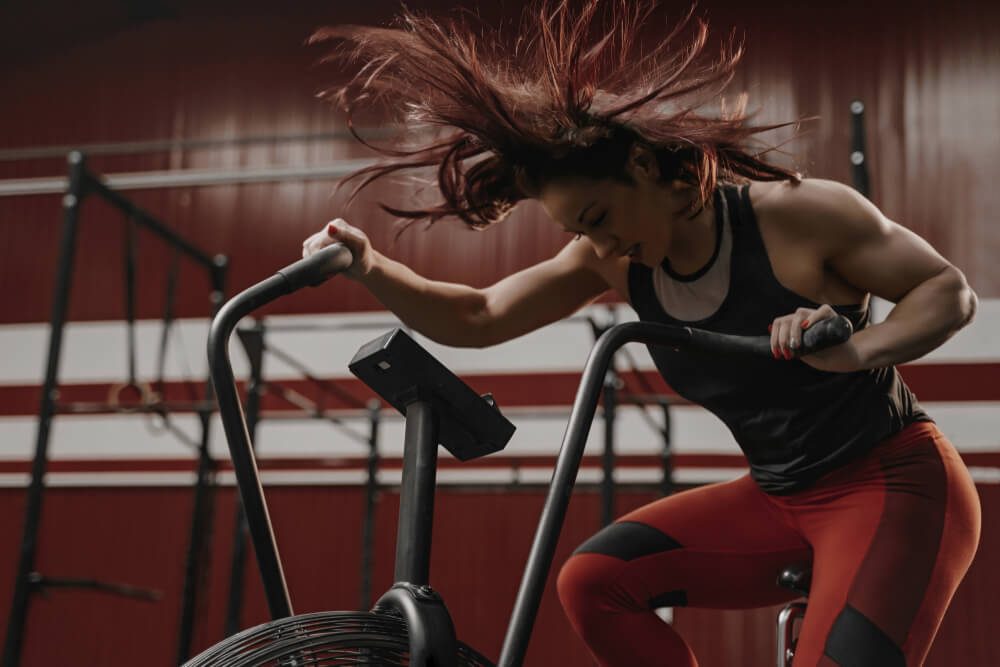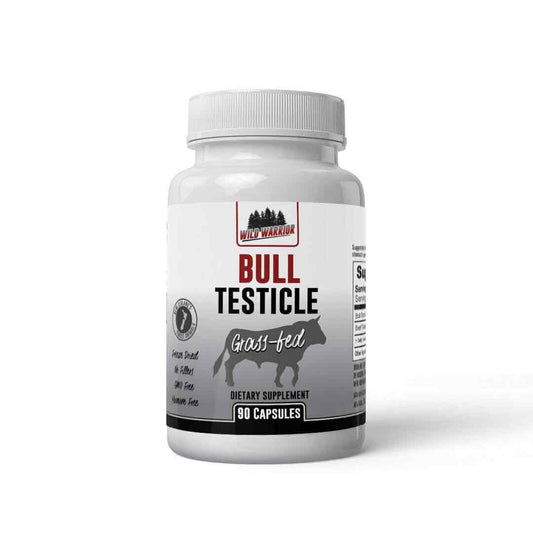High-Intensity Interval Training (HIIT) has gained significant popularity thanks to the Crossfit and kettlebell crowds. However, along with its rise in popularity, there have been several myths and misconceptions that have surfaced, potentially creating confusion for those considering HIIT. Here we address some of these common myths and misconceptions.
Myth 1: HIIT Is Only for Fit and Athletic People
This is one of the most prevalent misconceptions about HIIT. The truth is, HIIT can be modified to suit any fitness level. Because younger athletes tend to be drawn to it, doesn't mean it is only for 22 year old fitness competitors.
Whether you're a beginner, or a seasoned athlete, you can adjust the intensity, duration, and type of exercise to make it appropriate for you. The principle of HIIT is about pushing your personal limits for set intervals of time, not about seeing who is the best at exercise.
Myth 2: HIIT Will Make Women Bulky
Many women avoid HIIT due to the fear of becoming "bulky." However, this is a misconception. HIIT workouts can actually help you achieve a lean and toned physique. When performing traditional HIIT protocols like a Tabata style circuit of 30 seconds on 30 seconds off, you will actually burn a bunch of calories.
It's important to remember that gaining significant muscle mass requires specific, targeted strength training and a particular diet—neither of which are inherent to HIIT.
Myth 3: HIIT Is Dangerous and Leads to Injuries
Like any form of exercise, HIIT carries a risk of injury if not done properly or if used with the wrong exercise selection. For example, doing heavy power cleans for timed intervals can be very dangerous. Doing intense circuits of work on an air bike is not.
The key is to select the right exercises, start slow, use proper form, then gradually increase the intensity as your fitness improves. We still would not do HIIT with high speed Olympic lifts, but you can combine HIIT with traditional weightlifting modalities like dumbbells and kettlebells no problem.
Also, always ensure to warm up before starting your workout and cool down afterwards.
Myth 4: The Longer the Workout, the Better
With HIIT, it's about quality and intensity, not quantity. A well-executed HIIT workout can be more effective than a longer, moderate-intensity workout. HIIT is all about pushing your body to its limits in short, intense bursts. For example, 1 minute of intense sprinting followed by 30 seconds of rest for 10 minutes. This maximizes VO2 gains, calorie burn, and muscular exhaustion.
Remember that recovery is just as important as the high-intensity intervals, so don't skip those rest periods. It you sprint for 1 minute, make sure you rest for a similar interval so that you can continue max effort on every set.
Myth 5: HIIT Is All About Cardio
While many HIIT workouts involve cardio exercises like running or cycling, it's not exclusively about cardio. You can also incorporate strength-based exercises into your HIIT workout.
Our favorite strength training method is to do super-slow weight lifting intervals on traditional pin loaded weight machines. For example, you could do chest press sets for time rather than reps (e.g., 90 seconds) for 1-3 sets. You can do this with just about any machine or most weight based exercises safely, though machines are our favorite because of the added level of safety.
The key is to alternate between periods of intense effort and periods of low intensity or rest.
Conclusion
High-Intensity Interval Training is a versatile and effective form of exercise that can be adapted to meet varying fitness levels and goals, especially when trying to maximize the fat burning potential and time efficiency of your workouts.
However, it's essential to approach it with the right information, so you aren't turned off to it by common myths. Always remember, it's crucial to listen to your body, start slow, and seek professional advice if you're new to this type of training. Happy training!





